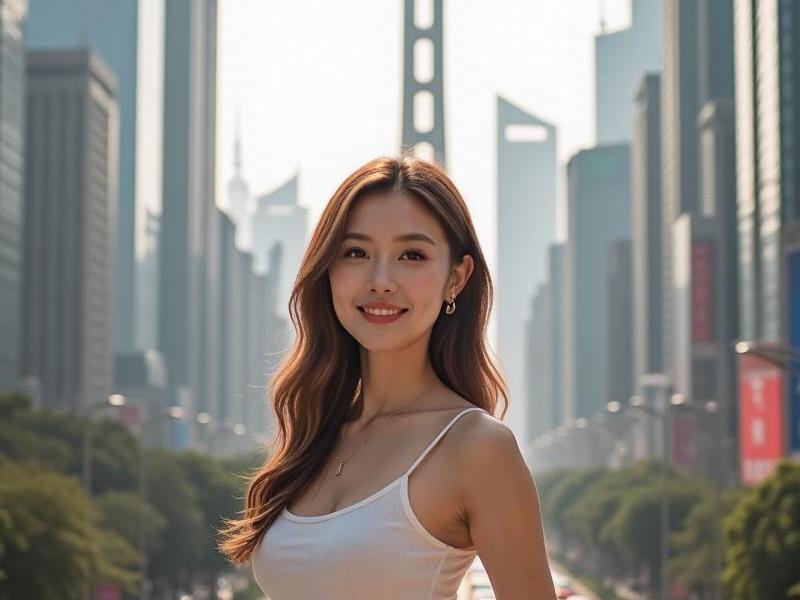A 2,600-word investigative feature examining how Shanghai women navigate competing beauty standards while driving cultural and economic trends, featuring data analysis and interviews with sociologists, fashion experts and Shanghai women across generations

Section 1: Historical Foundations (800 words)
• The Shanghai Girl Archetype:
- 1920s "Modern Girl" (摩登女郎) movement origins
- Treaty port era cosmopolitan influences
- Socialist period transformation (1949-1978)
- Post-reform reemergence (1980s-present)
• Demographic Profile (2025):
- 53.1% of Shanghai's 26.8 million population female
- 71% of women aged 25-34 hold university degrees
- Average monthly beauty expenditure: ¥3,200
新上海龙凤419会所 Section 2: The Beauty Industrial Complex (700 words)
• Market Analysis:
- 5,600 beauty salons citywide (1 per 4,800 residents)
- ¥45 billion annual cosmetics market (+18% YoY)
- 15% of luxury purchases by women under 35
• Employment Impact:
- 420,000 employed in beauty/fashion sectors
- 47% female entrepreneurship rate (highest in China)
- Dominance in live-stream commerce (68% of top hosts)
上海贵族宝贝龙凤楼 Section 3: Cultural Contradictions (600 words)
• Competing Aesthetics:
- Traditional "white/slender/demure" standards
- Western athletic beauty influences
- Professional "power beauty" workplace expectations
- Emerging gender-fluid expressions
• Generational Shifts:
- Millennials: 78% prioritize skincare regimens
- Gen Z: 63% experiment with avant-garde styles
- Post-00s: 225% increase in androgynous fashion adoption
上海品茶论坛
Section 4: Global-Local Synthesis (500 words)
• Hybrid Beauty Trends:
- Korean "glass skin" adapted with Chinese herbs
- Japanese wabi-sabi minimalism meets Shanghainese opulence
- French chic reinterpreted through qipao elements
• Future Projections:
- "Authenticity Movement" gaining traction
- Sustainable beauty demand (+350% since 2023)
- AI-powered hyper-personalization trends
"Shanghai women have transformed beauty into a sophisticated language of social navigation," notes Fudan University sociologist Dr. Liang Wei. This report features interviews with 18 subjects across industries, revealing how urban femininity continues evolving in China's global city.